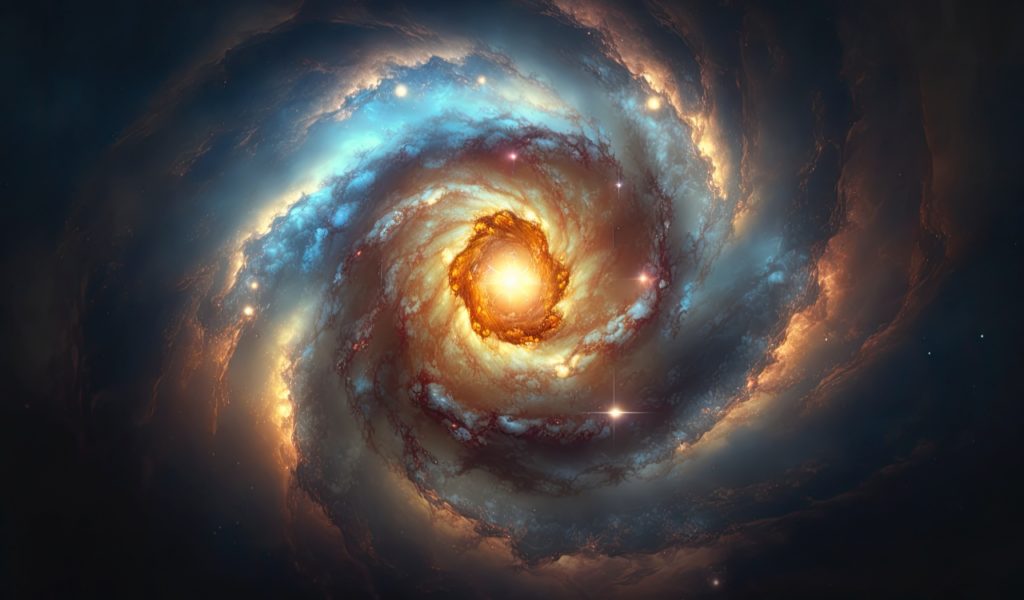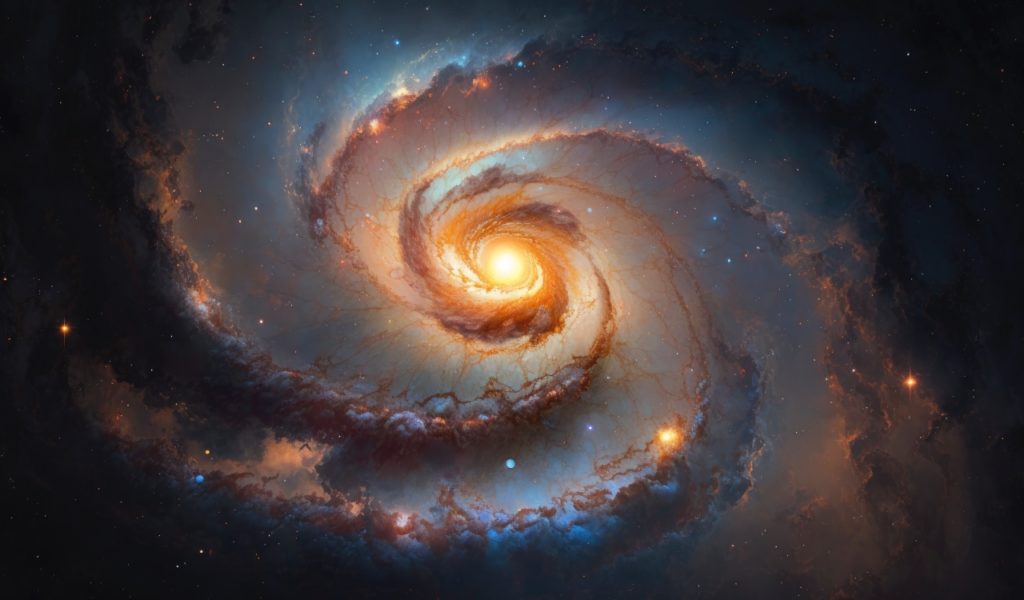Before we go in deep on this discovery, many might be wondering what a “quenched” galaxy is. This is a galaxy that no longer produces new stars and therefore will die out as a galaxy completely once its last star fades to black.
This happens when a galaxy loses cold gas, which strongly suppresses star formation. Of course, stars are formed from Nebulae, and since Nebulae are formed from the accumulation of interstellar gas in the Interstellar Medium, this lack of cold gas is a problem.
While there are several possible reasons for this, such as a supermassive black hole, the reasoning does not matter in the end. The galaxy still fades to black after a while. That is why what the James Webb Telescope found was such a tremendous discovery for scientists to study here on Earth.
It found the oldest known galaxy to stop producing stars, which has now been called GS-9209 because astronomers are so darn creative. It seems to have stopped forming stars roughly 12.5 billion years ago. This is only a few billion years after the Big Bang!
This discovery has revealed a lot to scientists, so let us dive into it!
The Discovery

The discovery was pretty big for the scientific community, especially those in the astronomy and cosmology communities. The University of Massachusetts Amherst Astronomer Mauro Giavalisco claimed:
“It’s a remarkable discovery. We really want to know when the conditions are ripe to make quenching a widespread phenomenon in the universe.”
Why is this discovery so important? For many years beforehand, we knew there were galaxies like this. However, we had no idea that galaxies stopped forming stars so soon after the Big Bang. We always assumed the universe was growing and expanding, just like it is today but even bigger then.
One would have assumed galaxies would have all the tools they’d need just a few billion years after the formation of the universe as the expanse of the universe then wasn’t even close to what it is now.
What’s also interesting is that we’ve known about GS-9209 for a while. In fact, scientists first noticed it in the early 2000s. Yet we could not really see enough to make any determinations about it. Ground-based telescopes did identify it as a possible quenched galaxy, due to the wavelengths of light it emitted.
However, the reason space telescopes are so useful is that our atmosphere gets in the way when it comes to ground-based telescopes. It absorbs the infrared wavelengths that could confirm a galaxy’s distance. The James Webb Telescope literally specializes in infrared capabilities, so it was perfect for checking out what was really going on in GS-9209.
The James Webb Telescope Data

While the James Webb Telescope is very sensitive to infrared light, it’s also known for having a greater light sensitivity all around compared to other telescopes. This allows it to see fainter forms of light, thus giving it the ability to see much further than any telescope we’ve ever had.
Just to give you an idea about the power of this telescope, the University of Edinburgh Astrophysicist Adam Carnall claimed that our largest ground-based telescopes could see GS-9209 in detail after around a month of observing it. The James Webb Telescope can pick everything up in a few hours. If that is not power, we do not know what is!
Carnall and his colleagues found that GS-9209 formed most of its stars during the 200-million-year period, starting roughly 600 million years after the Big Bang took place.
On a cosmic level, this formation was incredibly brief. Yet in that time, it was able to build up 40 billion solar masses worth of stars. That is nearly the exact same amount the Milky Way has right now!
According to Carnall, this quick development of stars seems to suggest that the galaxy formed from a massive cloud of gas and dust. Thus, likely igniting all the stars at one time. Carnall went on to say…
“It’s pretty clear that the vast majority of the stars that are currently there formed in this big burst.”
Astronomers used to think that this mode of galaxy formation, which is known as a monolithic collapse, was how most galaxies formed. However, this concept has been thrown out due to finding out more about our universe over the years. We now believe large galaxies form from the slow merging of many smaller galaxies. Carnall added to this concept, saying:
“Now it looks like, at least for this object, monolithic collapse is what happened. This is probably the clearest proof yet that that kind of galaxy evolution happens.”
What Happened In GS-9209?

What caused the GS-9209 galaxy to stop making stars? As we referenced at the start of the article, quenched galaxies often have an enemy to face off with, in the form of a black hole. That seems to be exactly what led to the quenched nature of GS-9209.
The James Webb Telescope was able to find extra emission of infrared light associated with a rapidly swirling mass of energized hydrogen. This is typically a major sign of a black hole accreting.
Based on what the JWST found, the black hole that caused the problem in this galaxy was roughly a billion times the mass of our sun. Keep in mind too that this was a black hole just a few billion years into our universe being alive.
That means, in order for a black hole to get as massive as this one, it would have been feeding even faster before it ended up in GS-9209’s neighborhood. As it became massive, it would have collected a glowing disc of white-hot gas and dust around it. Carnall explained:
“If you have all that radiation spewing out of the black hole, any gas that’s nearby is going to be heated up to an incredible extent, which stops it from falling into stars.”
While the James Webb Telescope found a lot, more studies and observations will need to be done involving this galaxy. New ground telescopes, such as the huge one being made in Chile, could help us learn much more.